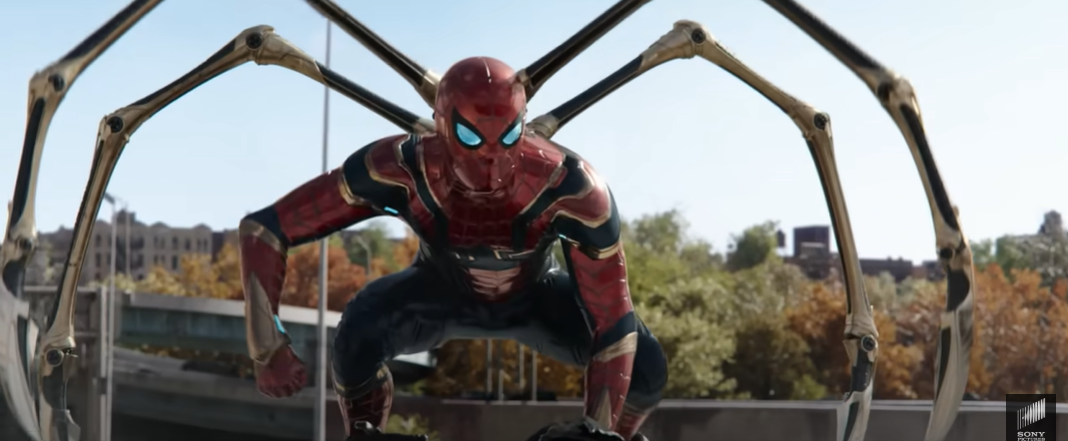The Last Day of Dinosaurs: A Story of Extinction | ReYOUniverse
Explore the final moments of dinosaurs on Earth 66 million years ago in this captivating narrative. Discover how a cataclysmic event led to the end of the Mesozoic era and the reign of ancient reptiles in this insightful and engaging video by ReYOUniverse.
Video Summary & Chapters
No chapters for this video generated yet.
Video Transcript
Dinosaurs ruled the Earth for 160 million years.
It seemed they would forever dominate the biosphere.
But one day, their world was destroyed by a huge rock
the size of Everest falling from space.
This is the story of how the era of ancient reptiles
came to an end, the last day of dinosaurs.
Earth, 66 million years ago, the end of the Cretaceous period
of the Mesozoic era.
The parts of the Pangaea supercontinent almost completely drifted apart.
The planet looked very similar to its modern state, but not quite the same.
South and North America have finally split by the end of the Cretaceous period.
Africa, Australia and Greenland have the same shape as today.
At the same time, the outlines of Europe and Asia were just starting to form.
The mountain ranges of Siberia, Mongolia, the Andes, and the Cordillera, the continents
were actively emerging.
The Cretaceous period lasted 79 million years and became the longest period of the Mesozoic
era.
The planet's climate changed several times during this time.
It was relatively cool by the end of this period.
Ice caps have formed at the poles.
Winters have become harsher.
In some places, the temperature dropped below minus 10 degrees Celsius, and as low as
minus 45 degrees Celsius in Alaska.
But still, the world was warmer than it is now.
Lush vegetation covered the continent's surface.
It was during this period that flowering plants emerged.
Conifers, ginkgo, and other trees from previous eras formed thick forests, which also included
modern-looking walnut, ash, and beach. The sod produced by these trees made the top layer
of soil more fertile for newly emerging herbs. With the advent of flowering plants, insects
also had to evolve. Butterflies and bees started to fly, spreading pollen. Seated fruits developed
from pollinated flowers, providing food for many animal species, including birds. This was what drove
the evolution of some herbivorous dinosaurs, as well as many mammalian species. The number of carnivores
ungulates, insectivores and primates increased under these favorable conditions. Admittedly,
they haven't yet become as large as they are now. Most mammals back then were small rodents and
predators. For example, a fossilized head of a 20-centimeter-long cronopio dentiacutus was found in
In Argentina, this small mammal is called the saber-tooth squirrel because of its elongated
muzzle with long facts.
Presumably, this species ate some insects.
But larger animals have already appeared.
In Madagascar, the remains of a huge ventana-sertichimarmut were found.
This herbivorous mammal had a rather unusual appearance.
It had massive crests on either side of its skull for self-protection, and an excellent
sense of smell. The animal weighed 9 kilograms and was 3 times bigger than modern marmots.
However, Repenomamus was the real giant among the mammals of the Cretaceous period.
It had a 1 meter body and weighed 12 to 14 kilograms. Outwardly, Repenomamus resembled
the modern Tasmanian devil or a squat dog. This predator even hunted small or newly hatched
dinosaurs. And yet, dinosaurs were the pinnacle of prehistoric evolution. They were at the
top of the Mesozoic food chain. A great number of dinosaur species of various sizes populated
all continents. The smallest were Ocuidentavus Congray.
The head of this miniature reptile was no longer than 14 millimeters, beak included. Unfortunately,


 Install Tubelator On Chrome
Install Tubelator On Chrome






